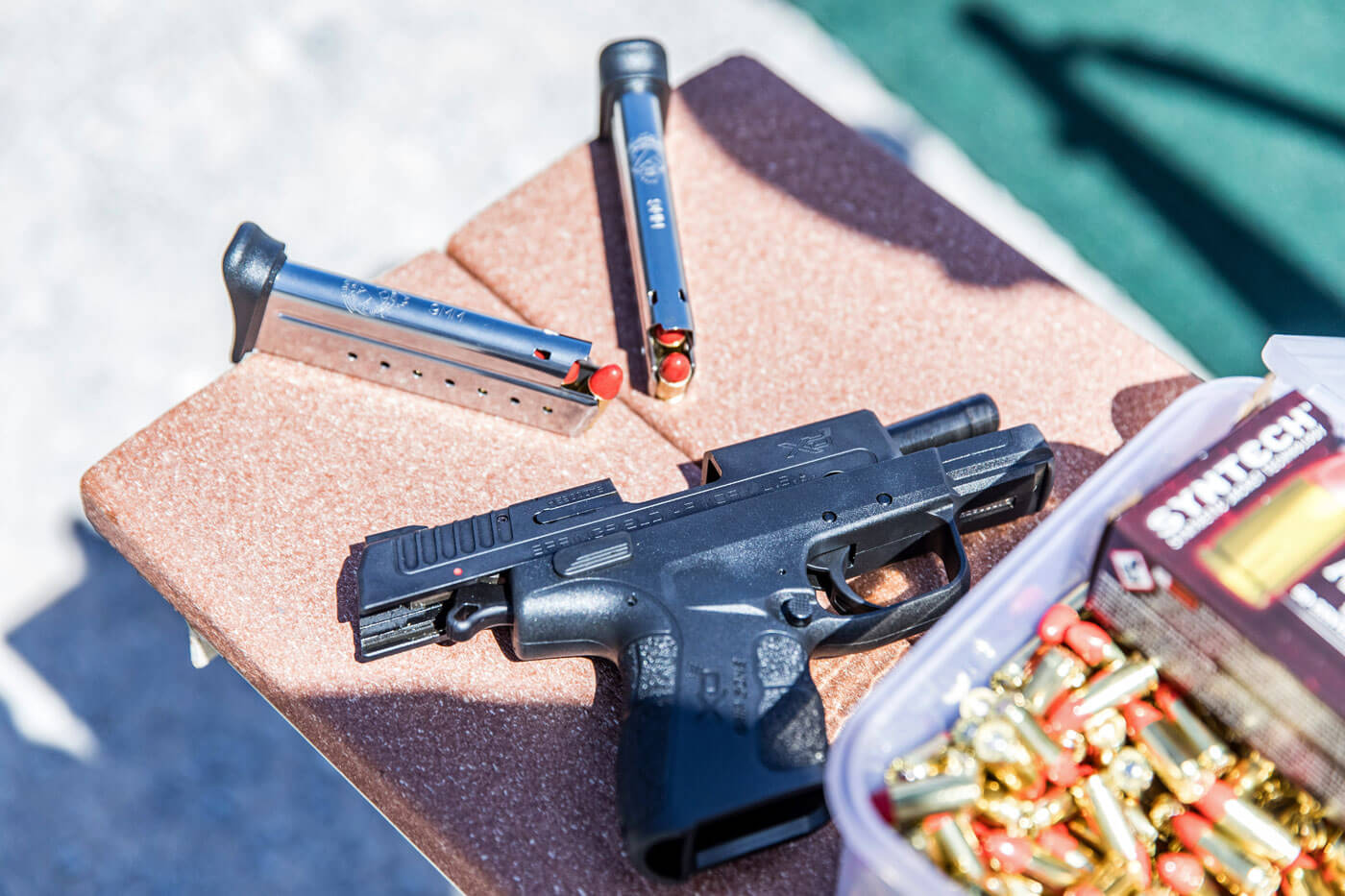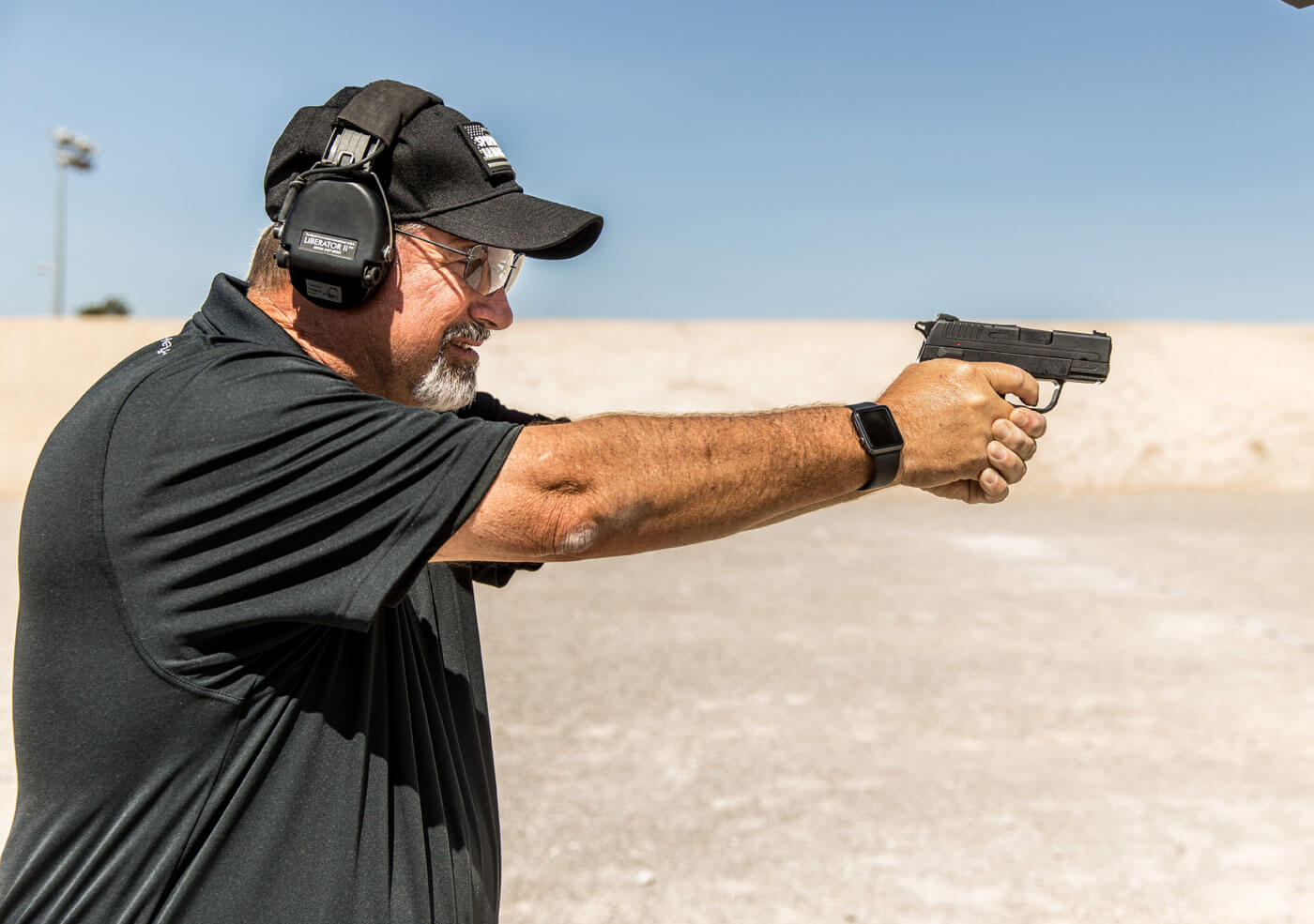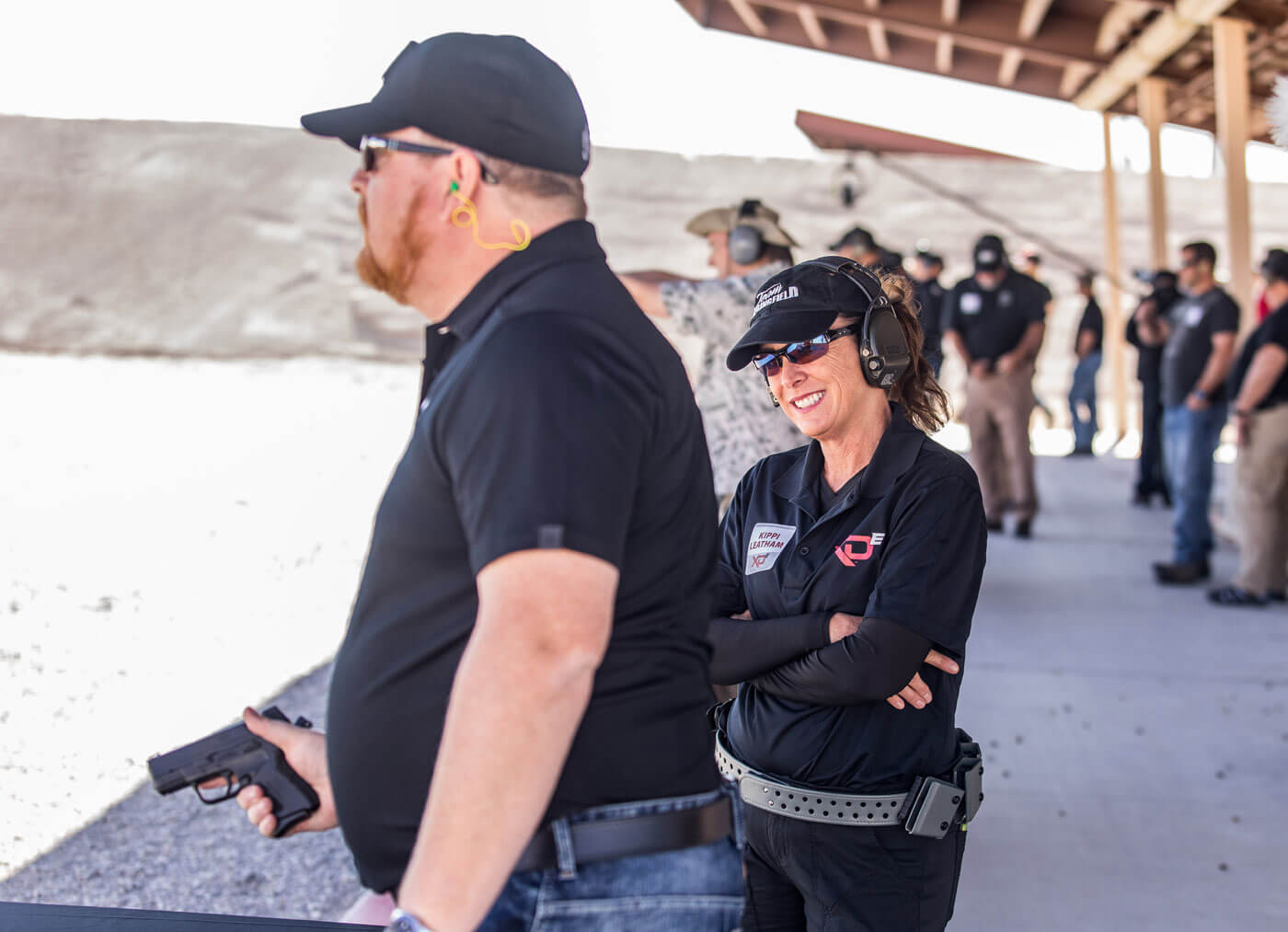Getting Into Competitive Shooting, Part III
November 24th, 2019
4 minute read
Editor’s Note: This is part three of a five-part series on getting into competitive shooting. You can check out the other entries here:
- Part I: What Types Do You Like?
- Part II: Finding Where To Shoot
- Part IV: Gear Up & Learn the Rules
- Part V: Shoot Your First Match
In Part I of the series we went over why you should get into competition shooting sports and how to find the sports that best fit you. In Part II, we discussed where to find more info about the shooting communities and clubs that hold matches. For Part III, it’s time to get out to ranges and watch these sports in action!
Gear Up & Go? No!
Some folks might want to grab every piece of kit they own, head down to the range and sign up to shoot. While I appreciate the can-do attitude, there are good reasons not to do this. Doing your research prior to match day will mean a less frantic, more relaxed and much more enjoyable experience. You can devote all of your attention to the match and not stress about trying to figure out where you are supposed to be, how you’re going to get there, and what the procedures are once you do.

Be Prepared
So why not just saddle up and show up? Mostly because there’s a lot to take in and do. By failing to prepare…you know the rest. Anyway, I first suggest that you familiarize yourself with the range and its general procedures:
- Do you need to become a member?
- Are members and guests required to sign waivers?
- Which areas of the range require eye and ear protection?
- Is there a general safety video/briefing you must watch first?
You should then learn the layout of the range and exactly how the match operates. For instance, most ranges have specific safety areas that are the only locations you are allowed to handle your loaded or unloaded gun — aside from during the actual shooting portions of the match. Mark my word, you definitely need to know where these areas are!

Other locations to research are the event-specific areas:
- Registration — Where do you sign up for the match? How do you register? Is pre-registration required? What is the cost? What type of payment do they accept?
- Briefing Area — Where are shooter briefings held?
- Shooting Bays/Areas — Which bays/firing areas is the match held in? And once you know this, you should definitely WATCH the event, its participants and the procedures.
Match Requirements
You also need to know the requirements to shoot the event. Some matches require that you be a member of the shooting club, and/or a member of the shooting organization that the match is affiliated with, and/or prove some type of experience in competitive/match shooting (more on this one in a sec). For example, if you show up to shoot a USPSA match, many clubs require you to be a member of USPSA to shoot. The good news is that not all require membership, or if they do, they will allow shooters to shoot a certain amount of matches as a “trial” of sorts to find out if you like the matches before having to join an organization.
As a side note, should you start to get into a certain type of match, I strongly recommend joining the organization! Not only does your membership support the organization, it may include benefits like match results and results history, and/or a classification system to track how you are progressing and group you with similarly ranked shooters.

Shooter Qualification
Since you are reading this, I’m going to assume that you aren’t a member of a shooting organization, and don’t have match experience. And even though you’ve been shooting firearms for forty years, many ranges will not allow “new competitors” to show up to a match and shoot without passing some sort of safety or competition course, proving their competence at match etiquette/procedures.
Notice I specified match etiquette, because on top of the basic firearm safety rules (you already know those), most matches have special procedures to follow at these times:
- Before you start shooting
- During your time shooting
- Between your time shooting — after you are finished with a run/string
- When you are done shooting
In addition to skills familiarization and match instructions, the course should cover range etiquette, and the procedures to follow when getting your gear ready (what are safety areas, what you can and can’t do in them, etc). So in Part IV, we are going to cover essential equipment and learning the procedures and rules that are specific to your new sport. Until then, stay tuned and stay safe!
Join the Discussion
Featured in this article
Continue Reading
Did you enjoy this article?

 36
36







